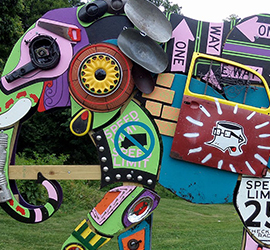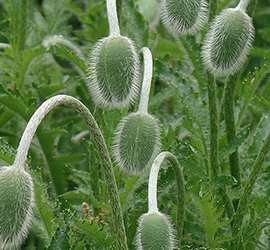Prickly Pear
Prickly pear cactus has become one of my favorites, especially those containing yellow flowers. They’re quite beautiful. What you may not know is preliminary studies support positive outcomes of this type of cactus treating diabetes and hyperlipidemia (elevated cholesterol). It’s also touted for it’s anti-inflammatory properties, which is a plus for people like me with an allergy to NSAIDs (nonsteroidal anti-inflammatory drugs).
The prickly pear has been a staple of the Mexican and Central American diet for thousand of years. The edible parts are the leaves, flowers, stems and fruit, and are boiled, fried or grilled.
I tried it a few times when I was living in Phoenix, Arizona. The texture is a bit funky – strange, and it feels grainy on the tongue. It also has a slight bite like a kiwi, which I appreciate. I really do like the taste, which is similar to raspberries, some say watermelon. They’re great in salads too. Give it a try! – paerki
(The photographs in this post are of the Prickly Pear Cactus on 25th and Howard in Charles Village – Baltimore, and were taken during the Charles Village Garden Walk.)
The prickly pear has been a staple of the Mexican and Central American diet for thousand of years. The edible parts are the leaves, flowers, stems and fruit, and are boiled, fried or grilled.
I tried it a few times when I was living in Phoenix, Arizona. The texture is a bit funky – strange, and it feels grainy on the tongue. It also has a slight bite like a kiwi, which I appreciate. I really do like the taste, which is similar to raspberries, some say watermelon. They’re great in salads too. Give it a try! – paerki
(The photographs in this post are of the Prickly Pear Cactus on 25th and Howard in Charles Village – Baltimore, and were taken during the Charles Village Garden Walk.)




































































































































































































































































